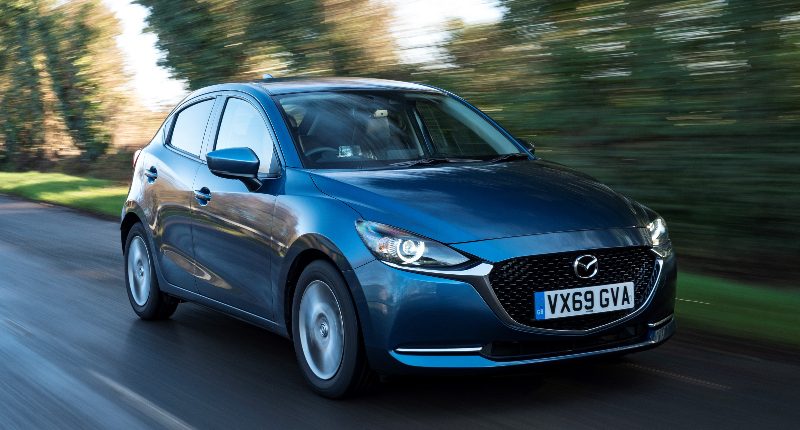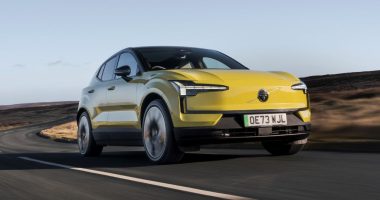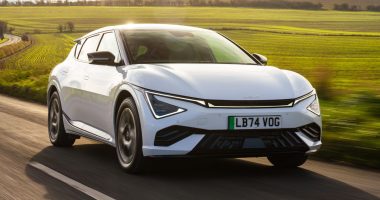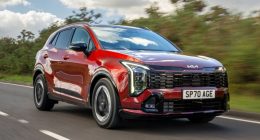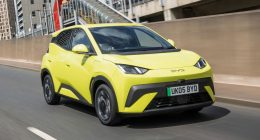Think supermini and chances are the fun to drive Fiesta, timeless Volkswagen Polo and très chic Clio from Renault are probably what come to mind. Their superiority in such a competitive class has made the job of Mazda’s 2 much harder, so can some mid-cycle tinkering secure it the attention it deserves?
Table of Contents
MAZDA MAKES A SUPERMINI?
As we mentioned in our introduction, the 2 is often overlooked because the A-segment is dominated by Ford, Volkswagen and upstarts such as Hyundai’s bold new i20. But enough about them: we are interested in Mazda and what it offers in the supermini league. Now in its seventh year, the current 2 was badly in need of a refresh and this latest model is identifiable by a simpler front bumper, grille design, tweaked headlights and classier alloy wheels. Around the back, new lights have been installed. It is anything but radical but in defence of the 2 it has dated well, or at least it has in this writer’s eyes.
ANY OTHER CHANGES OF NOTE?
Mazda is never one for overcomplicating things; that explains why the model line-up has been scaled back and now comprises four derivatives: ‘SE-L’, ‘SE-L Nav’, ‘Sport Nav’ and ‘GT Sport Nav’. One engine serves the range, the lowered-powered 74bhp version of the non-turbo petrol reserved for the most basic trim. Sidestep the basement car and power is upped to 89bhp, with a 6-speed manual the default choice, although Mazda gives buyers of the car tested here the option of an automatic. One other key change is the introduction of a very mild energy recovery system comprising a belt-integrated starter generator. The upshot, says Mazda, is efficiency gains but, alas, no power surge when accelerating.
HAVE THEY TOUCHED THE INTERIOR?
Apart from upping the 2’s catalogue of basic standard equipment, no they haven’t. It still might appear retro on first introduction compared to what Peugeot has done with the 208 but this is a very easy car to grow accustomed to in a very short time. The steering wheel’s buttons are clearly marked, the three dials to control heating and ventilation are a good size, the infotainment screen is in your eyeline and the instrument binnacle has clear, easy to read dials. Grey and black plastics suck what life there is out of the cabin that is neatly finished and well screwed together. The driving position is spot on, though.
WHAT COMES AS STANDARD, THEN?
‘SE-L’ attracts 15-inch alloys, LED headlights, climate control and cruise control and central locking. The rest of the range introduces a superior infotainment system housed within a seven-inch display featuring Apple CarPlay and Android Auto and driver aids such as Front Smart City Brake Support and Lane Keep Assist. The wheels on ‘Sport Nav’ grow to 16-inches in diameter and for an extra £800 the ‘GT Sport’ adds a heated leather steering wheel, leather seats, a reversing camera and head up display. Impressive as that all is, the 2 lags behind in this class when practicality comes into play: storage space for oddments is in short supply and at 280-litres, the boot is trumped by Renault’s Clio (380-litres).
HOW DOES IT GO?
That depends on how you choose to assess the 2. Being from the Mazda portfolio, it should come as no surprise to read it has favourable on-road manners, from the absorbent ride to the very enjoyable driving dynamics. However, to experience the latter means leaving the town or city and venturing into the countryside at which point the 2 starts to feel out of its depth pretty quickly – an irk exacerbated by long-gearing. There is acceptable low-end shove, but once you lose the momentum you have worked hard to gain, it is a case of bypassing one ratio altogether to get moving again with real zest.
SO IT ISN’T A CALM EXPERIENCE?
On the contrary. What the petrol lacks in power it makes up for in refinement; only if you choose to really extend the motor above 3,500rpm does an audible din begin to permeate the cabin. On the rare occasion that you adopt a lead heavy right foot, thicker rubber seals, extra sound deadening and more damping materials shelter you from the worst of this. The same applies for tyre road and wind noise. As for the mild electrification set-up under the bonnet, as well as helping to stretch out every last drop of fuel, it cuts in without as much as a whimper as you come to a stop. And when the time comes to help kickstart the engine back into life the added assistance ensures this happens with minimal judder.
PROS & CONS
+ Strong equipment tally
+ Well-tuned chassis
+ Sweet-shifting manual
– Petrol motor is lethargic
– Interior lacks real sparkle
– Rivals are more practical
G-VECTORING CONTROL PLUS: GVC for short, this system has been introduced to help the 2 in an emergency avoidance manoeuvre by altering engine torque and also applying the brakes to shift weight forward to provide more grip to the front tyres. Mazda claims it guarantees ‘confidence-inspiring controllability’ in situations such as high-speed lane changes, or driving on slippery roads.
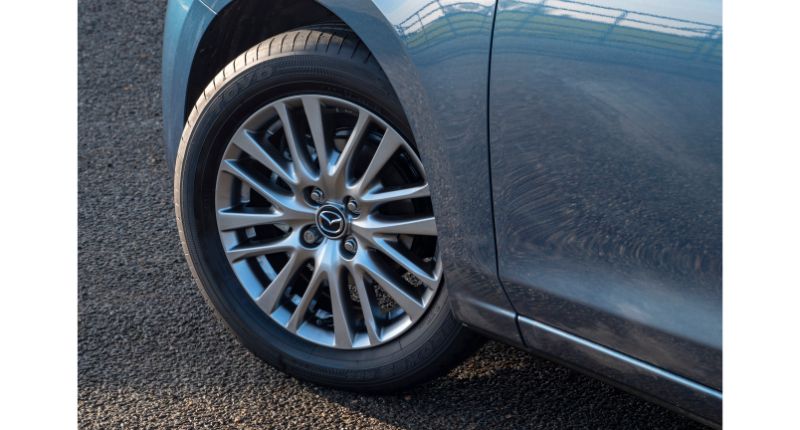
STYLING: As the competition themed offering in the 2 supermini range, ‘Sport Nav’ cars come with 16-inch alloy wheels, gloss black radiator grille, shark fin antenna and a chrome finish for the exhaust tip. Buyers can choose from an array of styling options, ranging from a roof spoiler (£300), front skirts (£290), side skirts (£297) and one of three body decal designs. LED lights are standard.
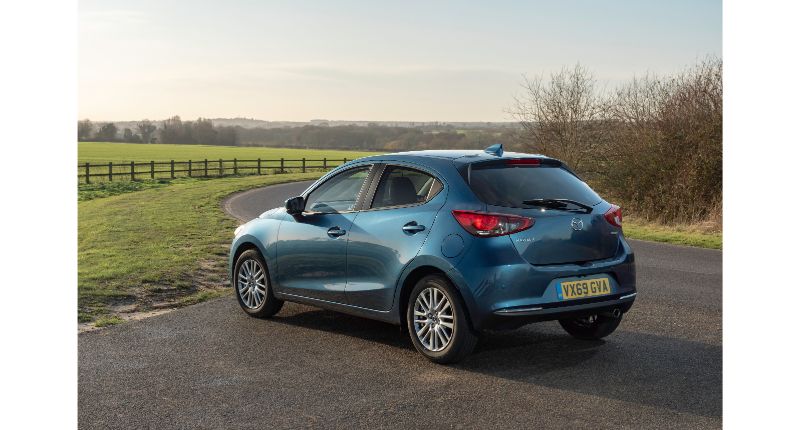
INTERIOR: Seats in ‘Sport Nav’ cars inject some much-needed colour on the inside where material quality still remains strong, seven years after the car landed in the UK. Satellite navigation and climate control and keyless entry are among the creature comforts; aluminium pedals, scuff plates and coloured ‘welcome illumination’ lighting are some of the cost options that can be requested.
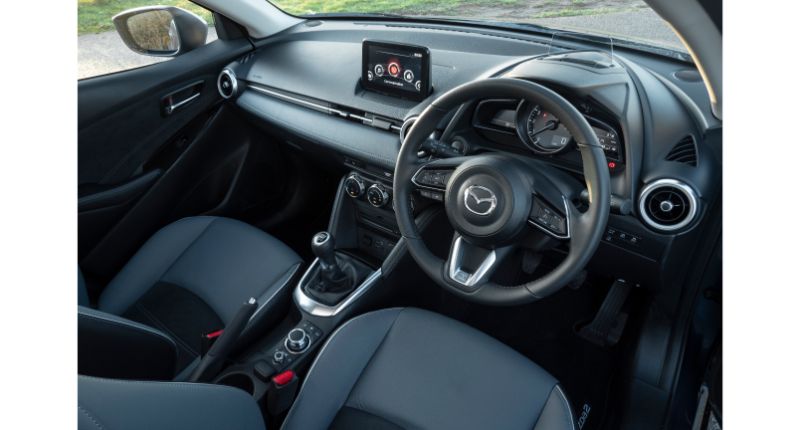
PRACTICALITY: On long trips the rear bench is just about OK for two adults; those measuring six-foot or taller won’t appreciate the 2’s diminutive size. With the back seats pushed out of the way the 280-litre load area mushrooms to 950-litres. Cabin space for knick-knacks and miscellaneous items is poor for those travelling up top – and is even less abundant in the back.
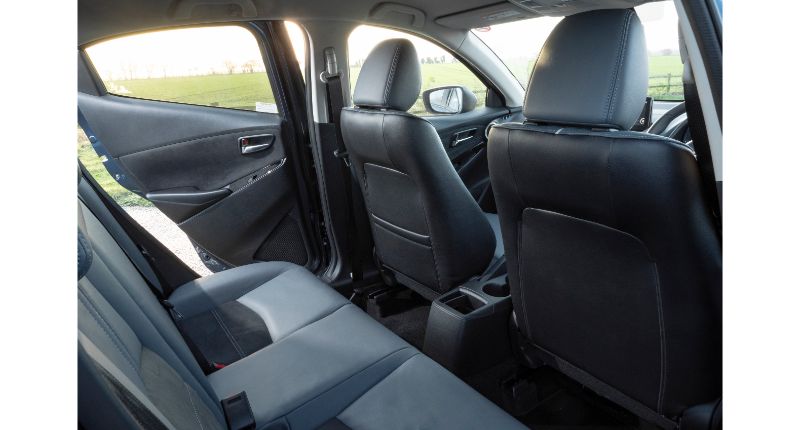
SPECIFICATION
Price: £18,080 (as tested)
Engine: 1.5-litre, 4cyl petrol
Power/torque: 89bhp/109lb ft
Transmission: 6-speed manual, front-wheel-drive
0-60mph: 9.7seconds
Top speed: 114mph
Economy: 53.3mpg
CO2: 120g/Km
